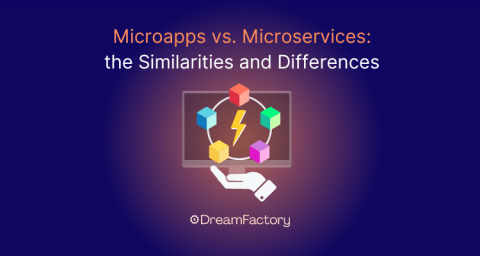Most Prolonged Interaction With the Microservices Conversion
Back in the 2000s, code lived in one execution thread. Database queries, user interactions, and data pipelines were all managed by the same processes. The problem? Everything was interconnected and interdependent. Fixing one thing might break another. Releases were all or nothing. We call this monolith hell. Your ticket out? Microservices.






